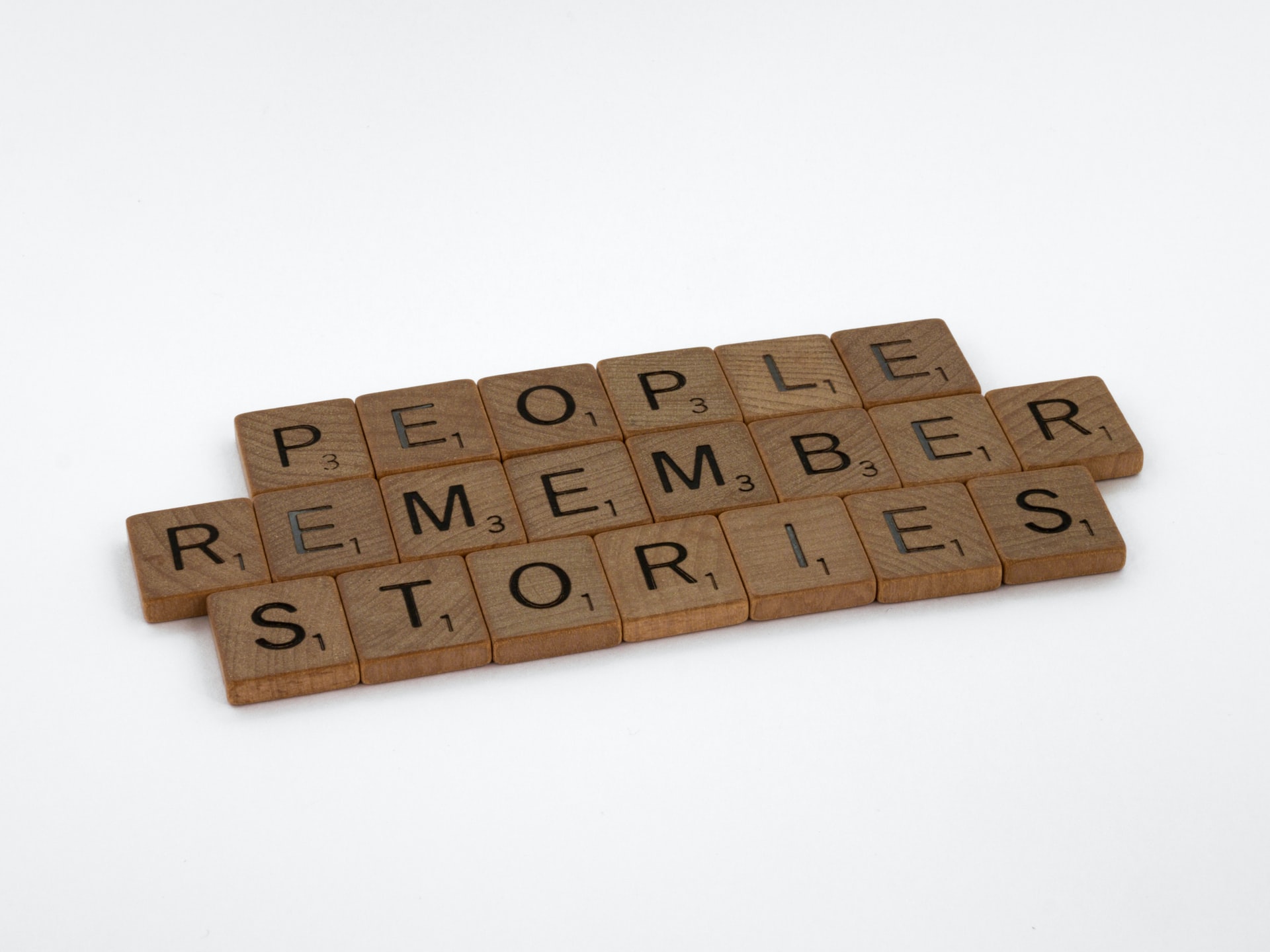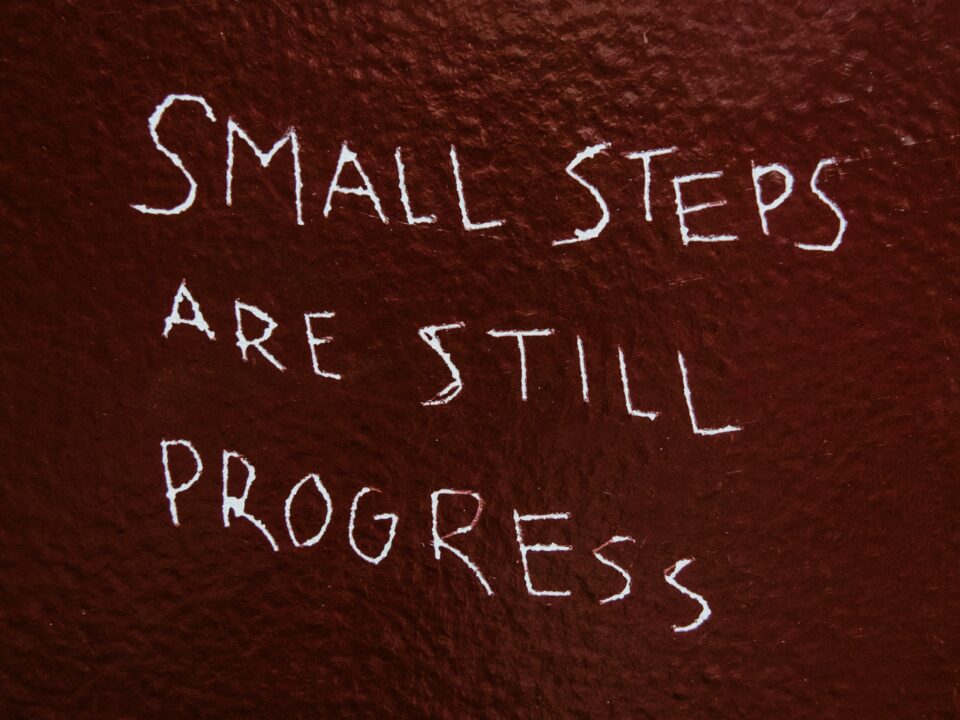
The Thomas-Kilmann model for managing conflict – choosing the right conflict response
May 9, 2022
Presentation Structure – what to consider for maximum impact
July 4, 2022You’ve been asked to do a presentation, so striking while the iron’s hot, you settle down with your laptop, or a notebook and pen and get to work. But before you launch into creating content or designing attractive slides – stop.
There’s no denying that for many business professionals, being able to deliver a great presentation is seen as a key skill. Nearly 70 per cent of people surveyed by a Prezi and Harris Poll agreed that presentations are critical to success at work. But while the focus of presenters is often on the nuts and bolts of the presentation – the content, the delivery, even the setting – creating a presentation that truly delivers is not as easy as it appears at first sight.
No matter how confident you are about your subject matter, how much of an expert you are on what you’ve been asked to present, or how impressive a PowerPoint or Keynote whizz you might be, starting to create your presentation before you’ve prepared thoroughly can not only be a waste of time – it can seriously hamper its effectiveness.
It might sound counter-intuitive – but the best step forward can actually be a backward one. Before you commit any of your thoughts to the screen – or the paper – pause and rewind. Being strategic and tactical in your thinking is something we always advocate; employing reflective questioning before you commit further to your presentation is absolutely worth the time and effort. Finding the answers to the following three questions will be critical to the ultimate success of your presentation.
1 – What is my objective?
Before you go any further, consider the aim of your presentation. Is a presentation actually even appropriate to the situation? Is it going to be the best format to deliver what is required, or would you achieve your objective more effectively via another medium, such as a report?
2 – Who is my audience?
Having established that a presentation is indeed the best choice to communicate your message, take yourself immediately out of the equation. The audience – not the presenter – is absolutely the heart of any presentation and should be at the forefront when it comes to planning. What is the audience’s current level of knowledge? What do they need from the presentation? Are they detail fiends, for example, or do they just want the bottom line? Maybe you’ll be presenting to people in both of these camps.
Try to find out as much as you can about your audience’s expectations beforehand; once you’ve worked out what they want and need, your presentation will be easier to create and eventually to pitch. Audiences are ultimately selfish – they’ll only listen if they feel there’s going to be something in it for them. You need to cater to their needs and appeal to their interests if you’re going to engage them with your presentation.
Imagine that everyone has an internal radio station – let’s call it WIIFM – What’s In It For Me? We only want to hear what chimes with our internal radio. Really good presentations tune into their audience’s internal radio stations.
Once you’ve answered those two questions, you can progress to the final one.
3 – What’s the content?
With the preparations complete, now finally it’s time to consider what you’re actually going to put into the presentation itself. What do you need to cover – and what can you safely leave out?
Next time, we’ll move on to structuring of the presentation itself, the decisions you have to take to create engagement, and hints and tips to get your presentation doing what you need it to do.
Cube Learning and Development delivers bespoke, personal coaching programmes to help you with effective communication and presentation. For a no-obligation chat about this and our other training, call Chris Burton on 07879 602002.




